07738 714 619
[email protected]
Podcasting with my boy...
So back at end of August 2022, I started a podcast with my son, something we had been casually talking about for sometime.
0 Comments
really..?I thought I knew what the real definition of sport was until I read an article that recently appeared in one of the major online newspapers.
We have embraced No Mow May...For those of you who don't know what that is, it's an initiative encouraged by Plantlife, a British conservation charity working nationally and internationally to save threatened wild flowers, plants and fungi.
from my front door...In my intro post I talked about some of the places that I am lucky enough to live near and mentioned that all of them deserve more page space to really appreciate why they are special places for me. This is one of those places...
definitely one of those moments...I have mentioned and continue to mention that for me, bird photography is all about moments.
My bird world...Every photograph on my instagram page or in the galleries on the website have been taken locally. This is what local means to me...
A Bird In The Lens...I've loved photography from the moment I bought my very first SLR film camera, too many years ago to mention here without giving my age away. This is my photographic journey....
|
Access Octomono Masonry Settings
AuthorI live on the South Coast of England, close to the South Downs National Park and am totally obsessed with bird photography. Archives
June 2023
Categories |


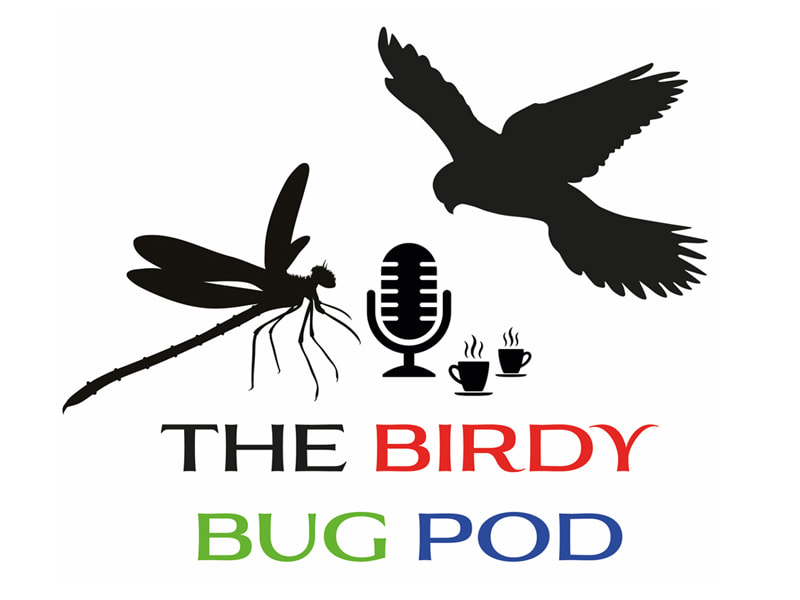
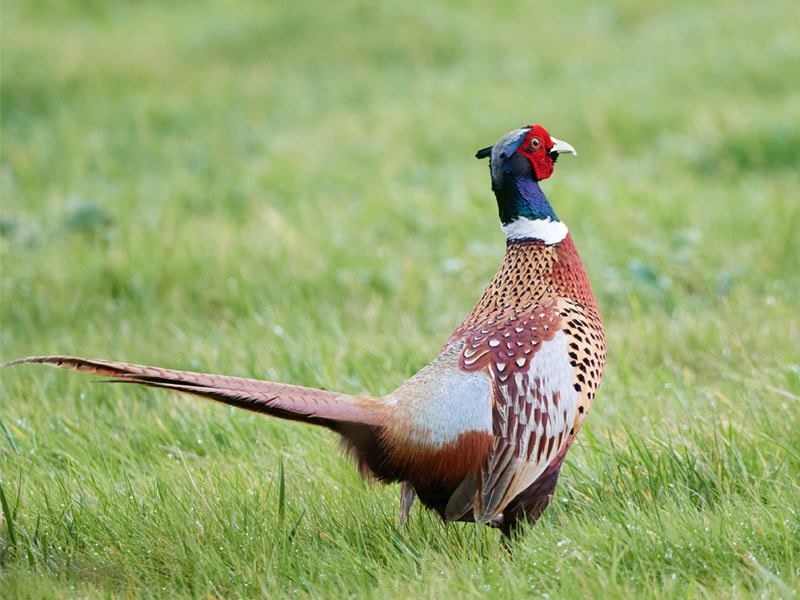
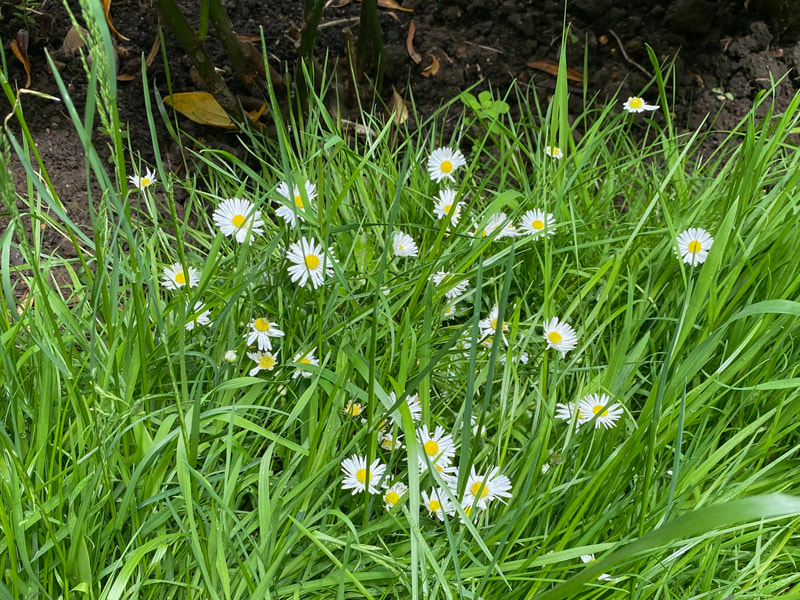

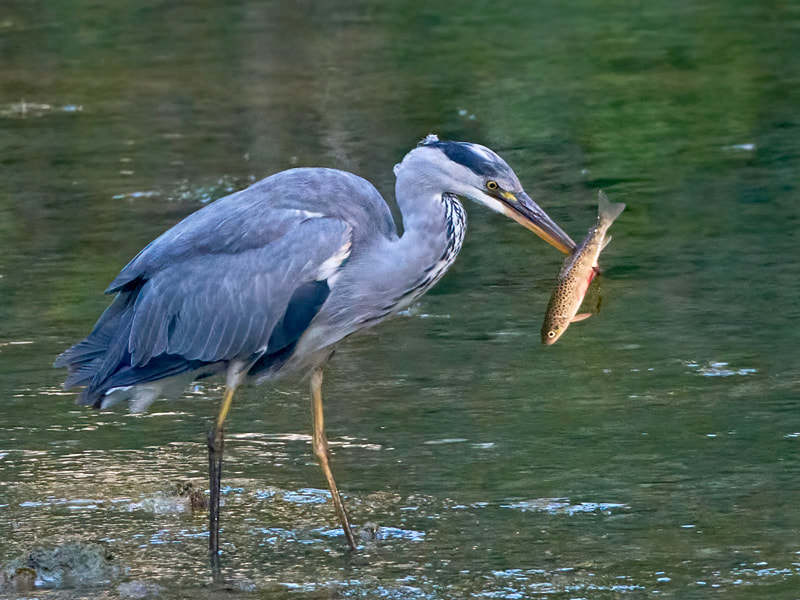
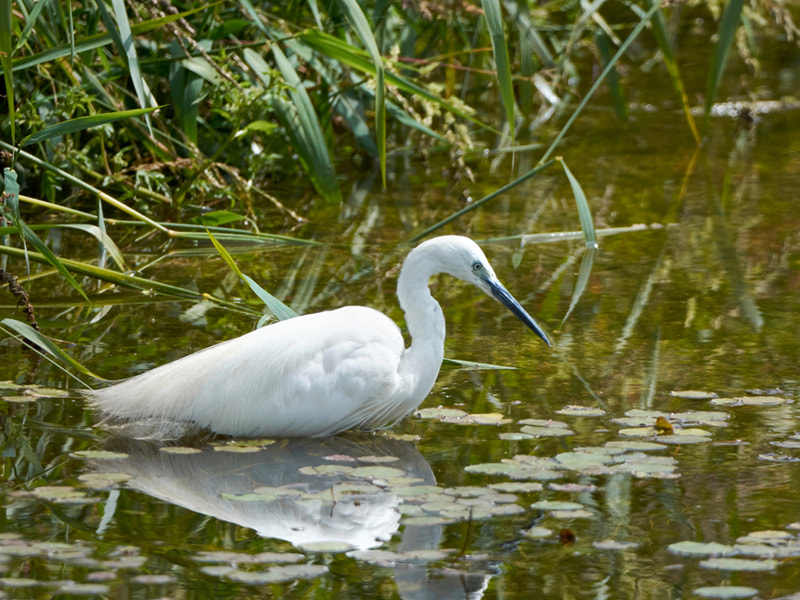
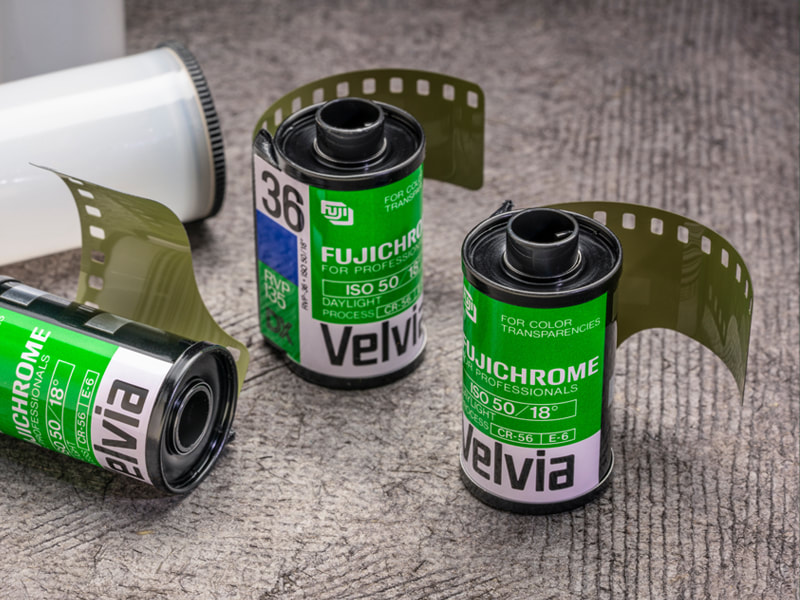
 RSS Feed
RSS Feed